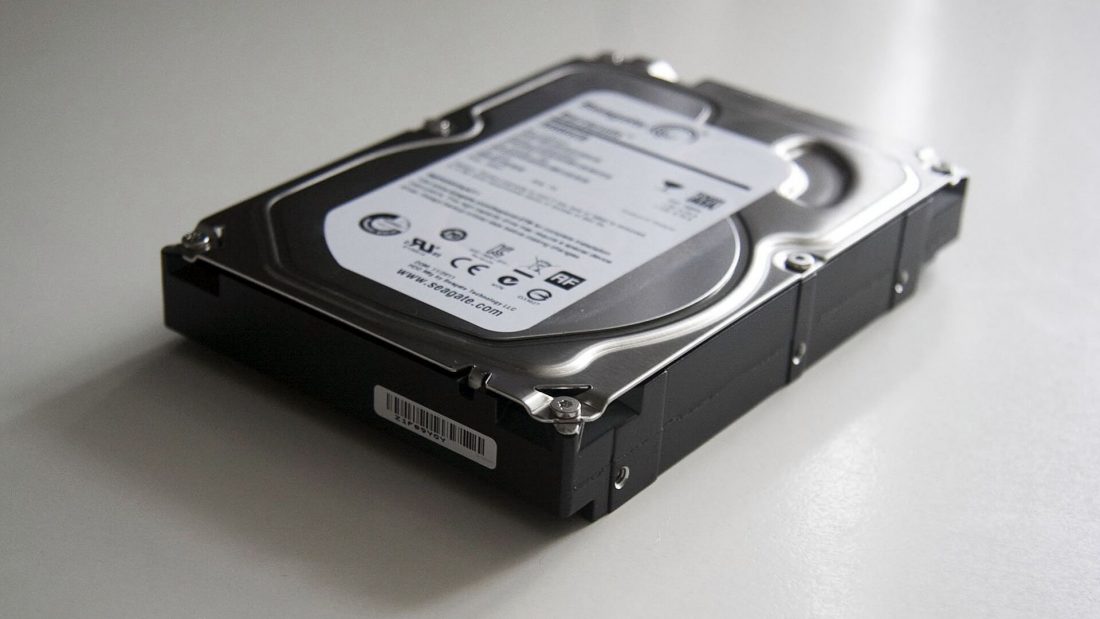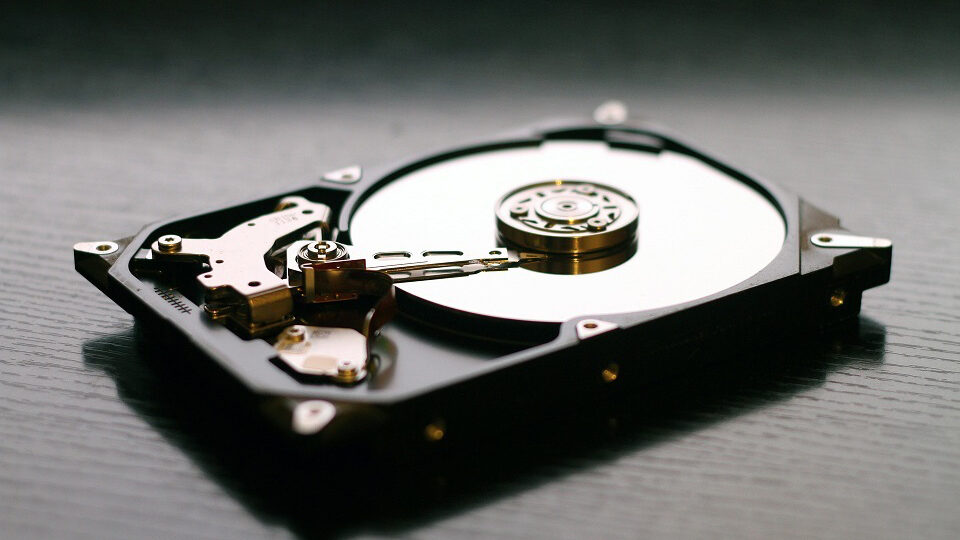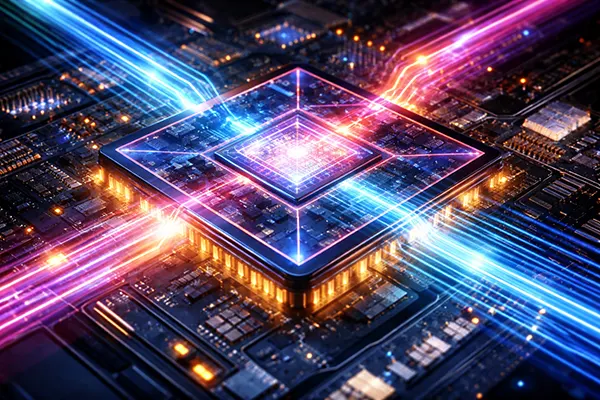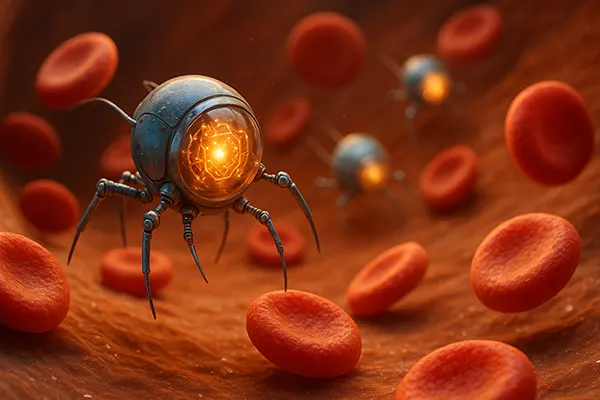Why you shouldn’t throw away your old hard drive

Expanding your disk storage is required when (logically) there is no longer enough space on your computer. Often the process is carried out by purchasing new components, from which old drives are removed and discarded. But this is a foolish decision, because such a hard drive can still be useful, and to expand the memory, you only need to acquire special accessories.
Docking station to use HDDs
A set of junk drives can act as a handy repository for data which is not constantly in use. You can put some archives, music, document backups and much more on them. Usually such files require a significant amount of space, and access to them is not a first necessity. This is why they can be put into storage.
A computer that has outlived its prime time can be the perfect companion in your old age. You can turn it into a NAS server. Similar designs are used for business and other purposes. The PC can also be used to create a cloud hub that the entire family can access.
Connecting a couple of drives to your PC requires a docking station. It is connected to a PC via a USB port. Alternatively the e-SATA interface can be used. Modern docking stations are characterised by support for both traditional and notebook drives.

Large capacity USB stick
An external enclosure can be used in the case of a single legacy drive. The latter creates a kind of “USB stick” that can be connected to the computer. The box is a plastic enclosure with rubber and metal parts. It can be used to carry the drive and protect it.
Preferably, boxes are available that are compatible with laptop-format devices. They include a housing, a SATA card on the inside and a USB connector on the outside. Often, models that are fitted with USB 2.0 and USB 3.0 connectors are purchased.
Other formats can also get their own external box. But they have a significant drawback. Such drives are rather finicky when it comes to power. Because of this, they come with separate units. Not the most convenient option for those who require mobility. But if the drive stays in one place and does not need to be carried around all the time, there is no problem.
You’ll also find M.2-formatted drives on the shelves of technology shops. They act as a worthy aid for the preservation of an obsolete SDD drive. The M.D.D. box creates a device that is as similar in size to an ordinary flash drive as possible. It can be safely carried around and used as storage for data that should always be on hand.
Traditional external boxes act as a ‘bridge’ between the drive and the motherboard. But there are more advanced models available. They can also act as a data encryptor. Such functionality is useful for those who work with valuable data and need extra protection.


